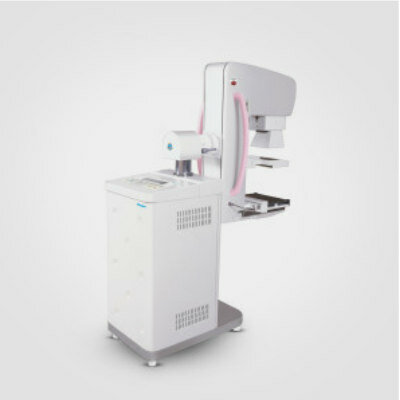Higher Volume Cuts False Positives in Screening Mammography
By MedImaging International staff writers
Posted on 10 Mar 2011
Radiologists who interpret a high volume of mammograms may not identify more tumors but are better at determining which suspicious lesions are not malignant, according to new research. Posted on 10 Mar 2011
The study's findings were published online and in the April 2011 print edition of the journal Radiology. "Contrary to our expectations, we observed no clear association between volume and sensitivity,” said the study's lead author, Diana S.M. Buist, PhD, MPH, senior investigator at the Group Health Research Institute (Seattle, WA, USA). "We did, however, find that radiologists with higher interpretive volume had significantly lower false-positive rates and recalled fewer women per cancer detected.”
An exam result is considered a false positive when additional testing is recommended for a suspicious lesion but no cancer is found. In addition to causing anxiety for patients, false-positives prompt additional testing that costs about US$1.6 billion per year, according to Dr. Buist.
The study included a review of data from six Breast Cancer Surveillance Consortium mammography registries in California, North Carolina, New Hampshire, Vermont, Washington, and New Mexico. The researchers studied various measures of interpretive volume in relation to screening performance for 120 radiologists who interpreted 783,965 screening mammograms between 2002 and 2006. Volume was measured in four ways: the number of screening and diagnostic mammograms read by a radiologist yearly--both separately and in combination--and the ratio of screening to total (diagnostic plus screening) mammograms. Screening performance was gauged by sensitivity (the ability to detect all cancers present) and false-positive and cancer detection rates.
The results showed that performance varied not only by the number of exams interpreted, but also by the ratio of screening to total (diagnostic plus screening) mammograms.
"Our analysis demonstrated that screening interpretive performance is unlikely to be affected by volume alone, but rather by a balance in the interpreted exam composition,” Dr. Buist said. "The data suggest that radiologists who interpret screening mammograms should spend at least a portion of their time interpreting diagnostic mammograms, because radiologists who interpreted very few diagnostic mammograms had worse performance, even if they read a high volume of screening mammograms.”
Because the study found that radiologists with higher annual interpretive volumes had lower false-positive rates--while maintaining sensitivity rates similar to their lower-volume colleagues--the researchers simulated the effect of increasing the minimum interpretive volume required of radiologists practicing in the United States, which is currently 960 mammograms every two years.
Based on 34 million women aged 40-79 receiving screening mammograms each year, the researchers estimated that increasing the annual minimum total volume requirement to 1,000 would result in 43,629 fewer women being recalled. The estimated cost associated with false-positive results would be reduced to $21.8 million.
"Recommending any increase in US volume requirements would entail crucial decisions about the relative importance of cancer detection versus false positive exams and workforce issues, since changes could curtail workforce supply and women's mammography access,” Dr. Buist said.
Related Links:
Group Health Research Institute














